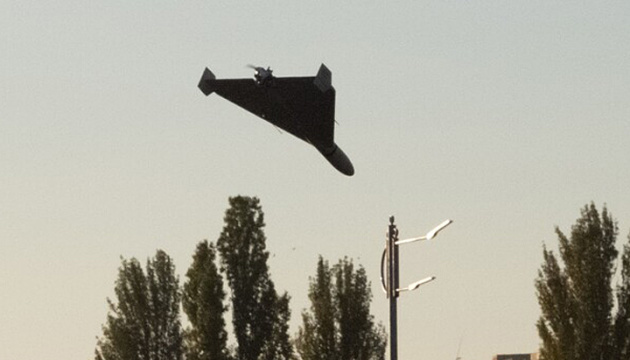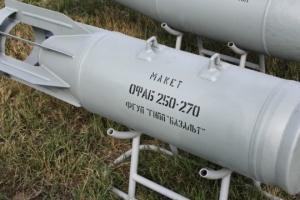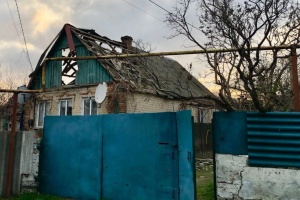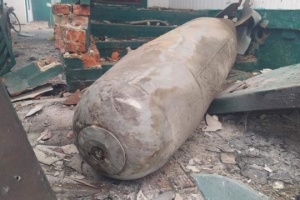
AP: Russians start using thermobaric drones alongside decoys
That’s according to an investigation by the Associated Press, Ukrinform reports.
Decoy drones are manufactured by the hundreds at a secret factory in Tatarstan, Russia, located in the Alabuga Special Economic Zone. The investigation shows that thermobaric drones have recently started to be produced there. The thermobaric warheads create a vortex of high pressure and heat that can penetrate thick walls. They suck out all the oxygen in their path, and have a fearsome reputation because of the injuries inflicted even outside the initial blast site: Collapsed lungs, crushed eyeballs, brain damage.
According to a person familiar with Russian drone production who spoke on condition of anonymity, Russia developed a decoy plan in late 2022 and codenamed it Operation False Target. The idea was to launch armed drones along with dozens of decoys, sometimes stuffed with rags or foam, that are indistinguishable on radar from those carrying real bombs. The Ukrainian military must make split-second decisions about how to spend scarce resources to save lives and preserve critical infrastructure.
According to the interlocutor and Ukrainian electronics expert Serhiy Beskrestnov, unarmed decoys now make up more than half of the drones targeting Ukraine. Beskrestnov said thermobaric drones were first used in the summer and estimated they now account for 3% to 5% of all drones. According to data analyzed by the AP since late July, less than 6 percent of Russian drones hit a visible target. But such numbers mean that a certain amount can slip through, and that's enough to be deadly.
The engines and electronics for the armed drones and decoys are a mix of Chinese and Western imports, according to footage seen by Associated Press reporters at a Ukrainian military lab.
Sometimes behind the drones - the decoys have live-feed cameras, which allows the drone to determine the geolocation of Ukrainian air defense and transmit the information to Russia before it is shot down. Sometimes they attach a foam ball painted silver to make the drone appear larger on radar.
Thanks to optical trickery, radar can’t distinguish a drone armed with a Shahed’s usual 50-kilogram payload of explosives or with a thermobaric weapon – also known as a vacuum bomb – from those without a warhead or topped with live-feed surveillance cameras. There are also other even rougher-quality drones, armed and unarmed, but in fewer quantities than the Shahed-style unmanned aircraft. That’s why, even knowing that decoys now make up most of an incoming swarm, Ukraine can’t afford to let anything through.
“For us, it’s just a point on the radar … It has speed, direction, and altitude,” said Col. Yurii Ihnat, an Air Force spokesman. “We have no way of identifying the exact target during flight, so we have to either jam them with electronic warfare or use firepower to neutralize them. The enemy uses these to scatter our attention.”
As Ukrinform reported earlier, beginning in August 2024, along with the Shahed-136s, the Russians began to launch the first Gerbera and Parodia decoy drones, and their analogues, deep into Ukraine, intended to distract the attention of air defense units.





